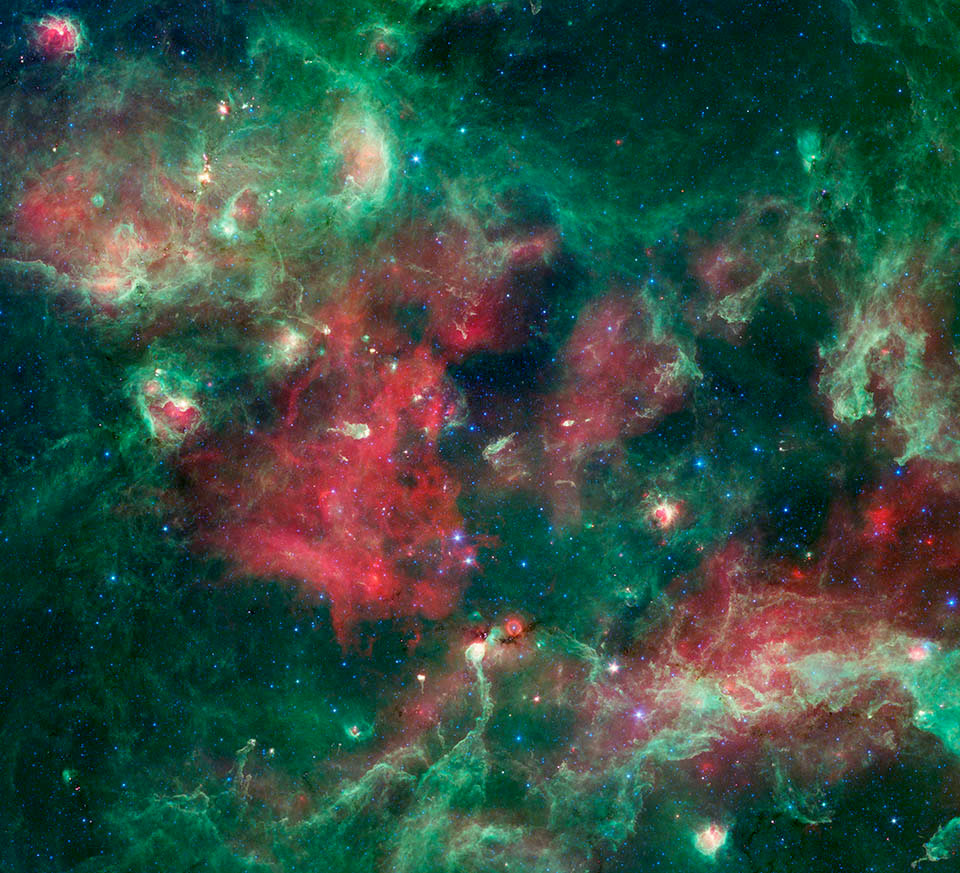bperet wrote:Djchrismac wrote:It looks like mainstream astronomy is finally on to something, it's a shame none of these so-called researchers will ever look beyond their next grant cheque at common sense explanations like this:
AT THE EARTH'S CORE - The Geophysics of Planetary Evolution
Maybe they DID read it... heck, they never credit aether researchers for "dark matter," do they?
Now if they would only fix their time scales... 4.6 billion is more like 80 million.
You could well be correct, perhaps they are reading up on them to gain more insight from other theories but unfortunately it looks like they are still trying to get their observations to fit the current, severly flawed, model of physics they still subscribe to.
For example, this latest story linked below...
http://phys.org/news/2016-12-black-hole ... inous.html
An international team, led by Giorgos Leloudas at the Weizmann Institute of Science, Israel, and the Dark Cosmology Centre, Denmark, has now made additional observations of the distant galaxy, about 4 billion light-years from Earth, where the explosion took place and they have proposed a new explanation for this extraordinary event.
"We observed the source for 10 months following the event and have concluded that the explanation is unlikely to lie with an extraordinarily bright supernova. Our results indicate that the event was probably caused by a rapidly spinning supermassive black hole as it destroyed a low-mass star," explains Leloudas.

In particular, the data revealed that the event went through three distinct phases over the 10 months of follow-up observations. These data overall more closely resemble what is expected for a tidal disruption than a superluminous supernova. An observed re-brightening in ultraviolet light as well as a temperature increase further reduce the likelihood of a supernova event. Furthermore, the location of the event—a red, massive and passive galaxy—is not the usual home for a superluminous supernova explosion, which normally occur in blue, star-forming dwarf galaxies.
...and this related article from earlier in the year:
http://phys.org/news/2016-05-asassn-cre ... .html#nRlv
An international team of astronomers, led by Peter Brown of Texas A&M University, has spotted a surprising ultraviolet (UV) rebrightening in a distant superluminous supernova known as ASASSN-15lh. The event has baffled the scientists as it doesn't show any hydrogen emission characteristic of superluminous supernovae and tidal disruption events
...
Thus, the team admitted that their research actually raised more new questions than it answered.
"If you have poor observations, you can fit it with any model. But the more data we have, the more precise the theoretical model has to be. We don't understand the main peak of the light curve and we don't understand the rebrightening, though we have some ideas. As other scientists come up with theories about what could cause it, though, our data constrains the shape of the explosion the UV/optical flux, the X-ray flux, and the lack of hydrogen, which is the most common element in the universe," Brown concluded.
Using RS2 as the model of physics, what the scientists are recording is the creation of a new star/solar system but as long as they insist that stellar evolution is backwards they will find it impossible to find proper answers to their observations...
"If you have a poor model of physics, you can make any poor observations fit..."


